Understanding the oche regulations is crucial for fair and enjoyable darts games, whether you’re a casual player or a serious competitor. This Oche regulations infographic guide will break down the official measurements and rules in a clear, visual way, ensuring your dartboard setup meets the standards. You’ll also learn about common oche-related mistakes and how to avoid them.
⚠️ Still Using Pen & Paper (or a Chalkboard)?! ⚠️
Step into the future! The Dart Counter App handles all the scoring, suggests checkouts, and tracks your stats automatically. It's easier than you think!
Try the Smart Dart Counter App FREE!Ready for an upgrade? Click above!
Decoding Oche Regulations: An Infographic Guide
The oche, that seemingly simple line you stand behind when throwing darts, is actually governed by specific regulations. Following these rules is vital for both casual games and competitive play. Discrepancies in oche distance can significantly affect your throwing accuracy and overall game experience. This section will provide an overview, and our accompanying Oche regulations infographic guide offers a visual representation of these measurements.
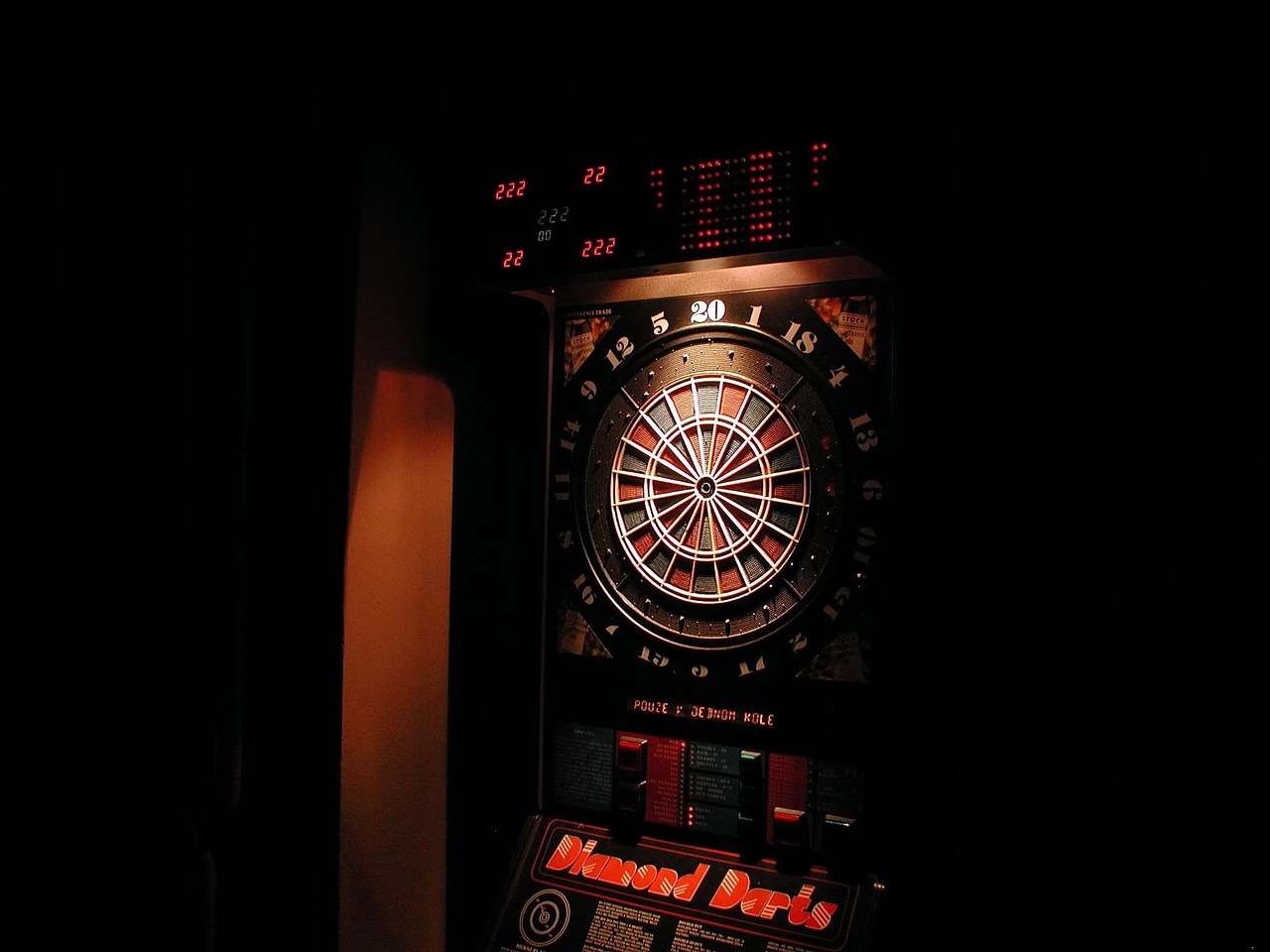
Let’s begin with the basics. The oche, sometimes referred to as the throwing line or toe line, is the designated mark that players must stand behind when throwing darts. It’s not just any random line; the precise distance from the dartboard is essential. The World Darts Federation (WDF) and the Professional Darts Corporation (PDC) both adhere to the same standard measurements, ensuring consistency across different tournaments and leagues.
Specifically, the official horizontal distance from the face of the dartboard (where the darts land) to the front edge of the oche must be **7 feet 9 1/4 inches (2.37 meters)**. It’s important to measure from the face of the board, not the wall behind it, as dartboards can vary in thickness. Additionally, the vertical height from the floor to the center of the bullseye must be **5 feet 8 inches (1.73 meters)**. Maintaining this height is just as important as the horizontal distance.
Beyond the precise measurements, there are also regulations regarding the oche’s construction and positioning. It should be a clearly defined line or raised marker, allowing players to easily identify the throwing point. While there are no strict rules on the material used for the oche, it’s generally recommended to use something durable and non-slip, such as a piece of wood, metal, or a commercially available oche mat. Some players even use a laser oche, which projects a clear line onto the floor.
Why Oche Regulations Matter
Adhering to the Oche regulations infographic guide and related standards isn’t just about following rules; it significantly impacts gameplay and fairness. Consistency in setup ensures that all players compete under the same conditions, eliminating any potential advantages or disadvantages due to incorrect distances.
For example, if the oche is too close, players may find it easier to hit the higher scoring sections of the dartboard, leading to inflated scores and potentially unfair outcomes. Conversely, if the oche is too far away, it can make the game more challenging and discourage new players. By maintaining the correct distance, you ensure that the game is played as intended, with a balance between skill and accuracy.
Furthermore, consistent oche measurements are essential for practice and improvement. If you’re practicing on a board with an incorrectly positioned oche, you’ll be developing muscle memory that won’t translate well to other boards or competitive settings. By practicing with the correct setup, you can refine your technique and improve your accuracy consistently.
Setting Up Your Oche Correctly: A Step-by-Step Guide
Now that you understand the importance of oche regulations, let’s walk through the process of setting up your oche correctly. This step-by-step guide, along with our Oche regulations infographic guide, will ensure your dartboard setup meets the official standards.
- Measure the Dartboard Height: Using a measuring tape, measure from the floor to the center of the bullseye. The correct height is 5 feet 8 inches (1.73 meters). If necessary, adjust the height of your dartboard to meet this specification.
- Mark the Oche Position: Using a measuring tape, measure horizontally from the face of the dartboard to the desired oche position. The correct distance is 7 feet 9 1/4 inches (2.37 meters). Mark this spot on the floor with tape or a pencil.
- Install the Oche: Place your chosen oche material (wood, metal, mat, etc.) along the marked line. Ensure the front edge of the oche aligns precisely with the marked line. If using a raised oche, make sure it’s securely attached to the floor to prevent movement during gameplay.
- Double-Check Your Measurements: It’s always a good idea to double-check your measurements to ensure accuracy. Measure both the dartboard height and the oche distance again to confirm they meet the official standards.
- Test Your Setup: Throw a few darts from behind the oche to get a feel for the setup. Make any necessary adjustments to ensure you’re comfortable and confident in your throwing position.
Remember to use a level when mounting the dartboard to ensure it’s perfectly vertical. A tilted dartboard can also affect your accuracy and game experience. When you are learning basic darts fundamentals for beginners, proper setup will help build good habits.
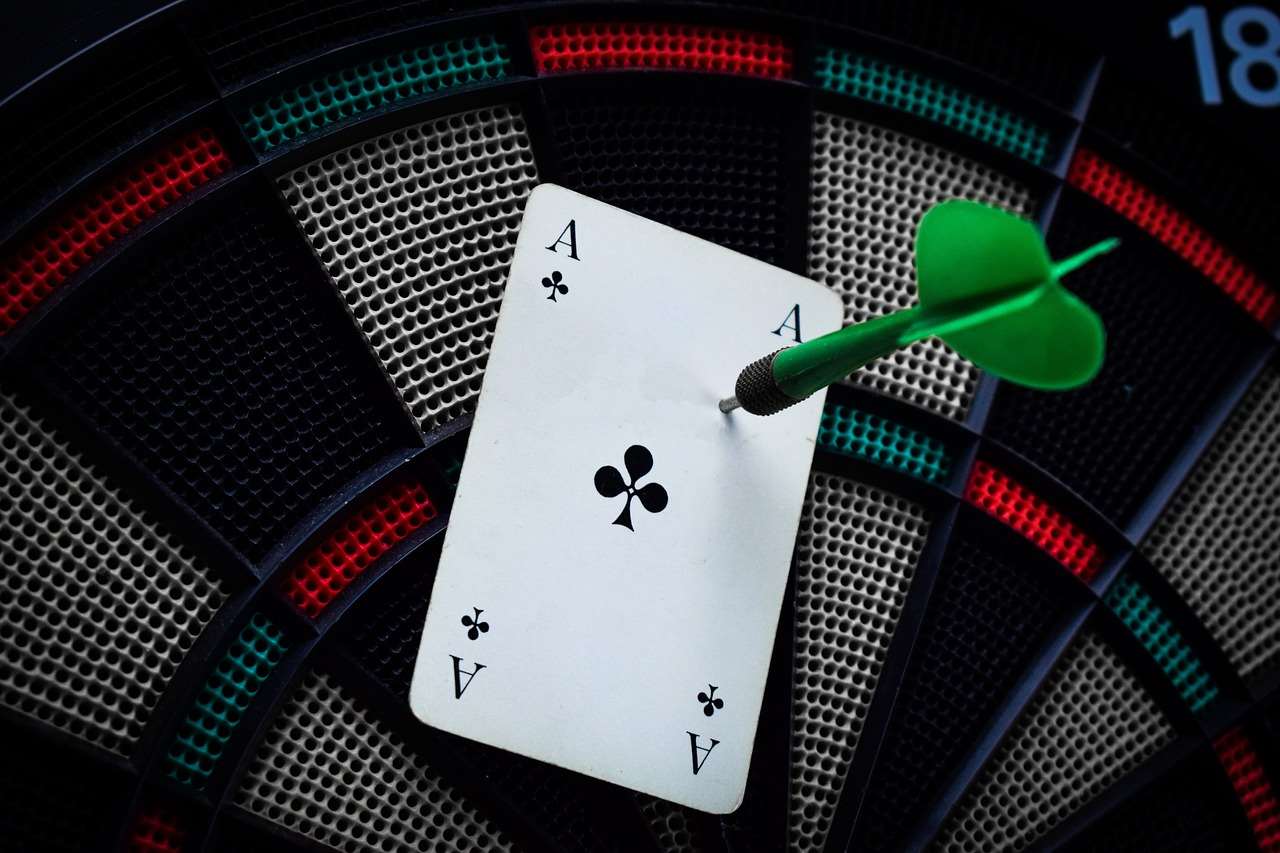
Common Mistakes to Avoid with Oche Regulations
Even with a clear understanding of oche regulations, it’s easy to make mistakes when setting up your dartboard. Here are some common errors to avoid, ensuring your setup is accurate and compliant.
- Measuring from the Wall, Not the Board: This is one of the most frequent mistakes. Always measure from the face of the dartboard, not the wall behind it, as dartboards can vary in thickness.
- Incorrect Oche Height: While the horizontal distance is crucial, the height of the bullseye also matters. Ensure it’s precisely 5 feet 8 inches (1.73 meters) from the floor.
- Using an Inaccurate Measuring Tape: A stretched or damaged measuring tape can lead to inaccurate measurements. Use a reliable and accurate measuring tool.
- Not Securing the Oche: If using a raised oche, make sure it’s securely attached to the floor to prevent movement during gameplay. A shifting oche can disrupt your throwing rhythm and accuracy.
- Ignoring the “Free Throw” Space: Players are allowed to lean forward past the oche during their throw; it’s the position of their feet behind the oche that matters. Ensure there is sufficient space in front of the oche.
Paying attention to these details will help you avoid common pitfalls and ensure your dartboard setup meets the official standards.
The “Free Throw” Rule Explained
The “free throw” rule is an important aspect of oche regulations that’s often misunderstood. It allows players to lean forward past the oche during their throw, as long as their feet remain behind the line. This means that a player’s torso and arms can extend beyond the oche, providing them with a more comfortable and natural throwing motion.
However, it’s crucial to remember that at least one foot must remain behind the oche at all times during the throw. Lifting both feet off the ground while throwing is generally not permitted and can result in a foul. The purpose of this rule is to allow players to maintain balance and control during their throw without being restricted by the oche.
Understanding the “free throw” rule can improve your throwing technique and overall game performance. By allowing you to lean forward and generate more power, it can enhance your accuracy and consistency.
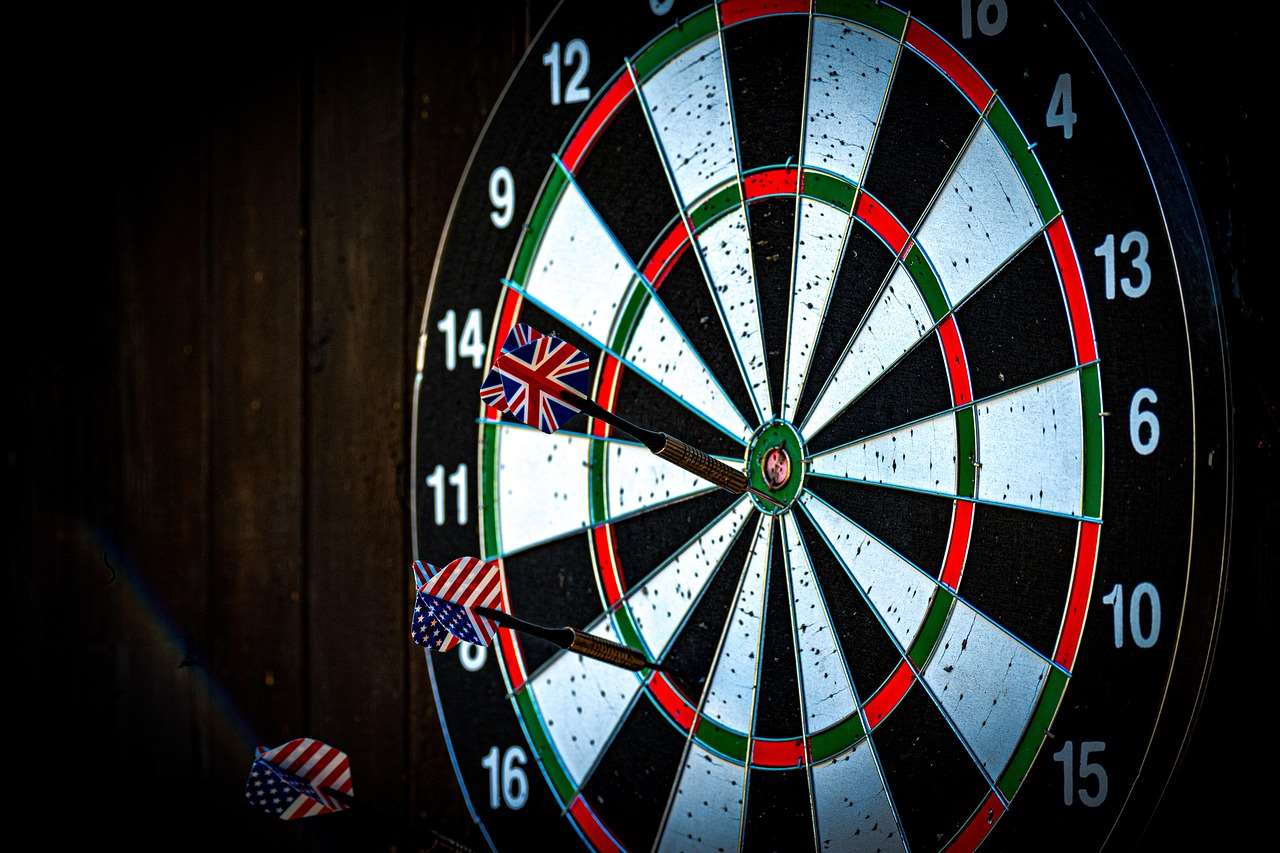
Adapting Oche Regulations for Different Situations
While official oche regulations are essential for competitive play, there may be situations where you need to adapt them for practical reasons. This might be necessary when playing in small spaces, with children, or with players who have physical limitations.
For example, if you’re playing in a room with limited space, you might need to shorten the oche distance slightly to accommodate the available area. In this case, it’s important to communicate the adjusted distance to all players to ensure fairness. Similarly, when playing with children, you might want to move the oche closer to the dartboard to make the game more accessible and enjoyable for them. This can help them develop their throwing skills and build their confidence. Remember to be cautious and adapt dart game rules for children in a way that is fun and safe for them.
When adapting oche regulations, it’s crucial to prioritize safety and fairness. Make sure the adjusted distance is appropriate for the players’ abilities and that everyone agrees on the modified rules. While official regulations provide a standard, adapting them can make the game more inclusive and enjoyable for a wider range of players. Consider exploring alternative darts rules for home play for fun variations.
It’s a good idea to experiment with different oche distances to find what works best for your specific situation. You might even create your own set of house rules to tailor the game to your preferences. Ultimately, the goal is to have fun and enjoy the game of darts, regardless of whether you’re following the official regulations or adapting them to your needs.
Advanced Oche Techniques and Strategies
Beyond the basic regulations, some players utilize advanced oche techniques to gain a competitive edge. These strategies involve subtle adjustments to their stance and positioning to optimize their throwing accuracy and consistency.
One common technique is to slightly angle the body towards the target, allowing for a more natural and fluid throwing motion. This can help players align their body and arm with the dartboard, improving their accuracy and reducing strain. Another technique is to adjust the position of the feet relative to the oche, experimenting with different stances to find what feels most comfortable and stable. Some players prefer a wider stance, while others prefer a narrower stance, depending on their individual preferences and throwing style.
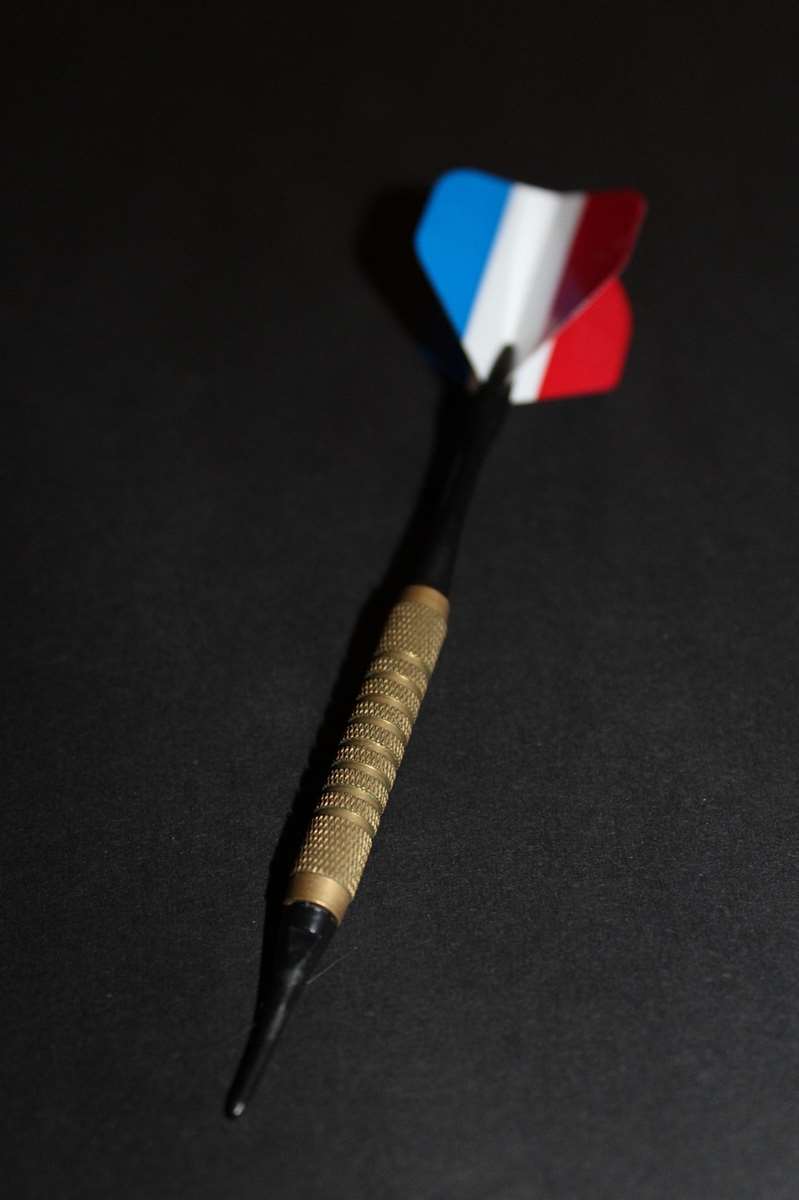
Furthermore, some players utilize the oche as a reference point for aiming. They might focus on a specific spot on the oche as they draw back their arm, helping them maintain a consistent throwing motion and trajectory. These advanced techniques require practice and experimentation to master, but they can significantly improve your game if implemented correctly.
Remember that the most effective oche technique is the one that feels most natural and comfortable for you. Don’t be afraid to experiment with different stances, positions, and aiming points to find what works best for your individual throwing style. It’s all about finding the right combination of techniques that allows you to consistently hit your target.
Choosing the Right Oche Material
While the precise distance of the oche is crucial, the material it’s made from also plays a role in your overall dart-playing experience. The ideal oche material should be durable, non-slip, and comfortable to stand on. Here’s a look at some popular options:
- Wood: A classic choice, wood provides a solid and stable throwing line. It can be easily painted or stained to match your decor.
- Metal: Metal oches are known for their durability and long lifespan. They offer a clean and professional look.
- Rubber: Rubber oches provide excellent grip and cushioning, making them comfortable to stand on for extended periods.
- Oche Mats: These mats are specifically designed for dart players and often include built-in measurements and non-slip surfaces.
- Laser Oches: A modern option, laser oches project a clear line onto the floor, eliminating the need for a physical marker.
Consider your personal preferences and playing environment when choosing the right oche material. Opt for something that provides a stable and comfortable throwing platform, allowing you to focus on your game without distractions.
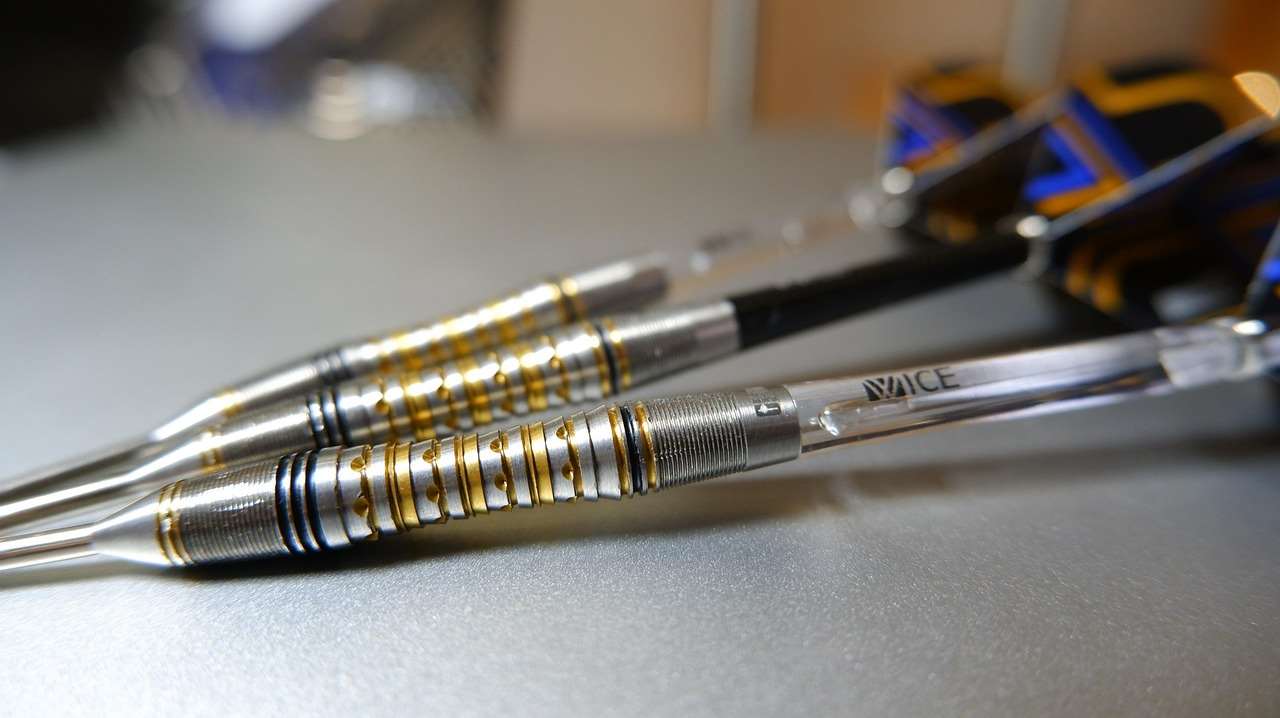
Maintaining Your Oche for Long-Term Use
Proper maintenance is essential for ensuring the longevity and accuracy of your oche. Regular cleaning and inspection can prevent damage and ensure that it remains in good condition for years to come.
For wooden or metal oches, simply wipe them down with a damp cloth to remove dust and debris. Avoid using harsh chemicals or abrasive cleaners, as these can damage the surface. For rubber oches and mats, you can use a mild soap and water solution to clean them. Be sure to rinse thoroughly and allow them to dry completely before using them again. Regularly inspect your oche for any signs of wear and tear, such as cracks, chips, or loose screws. Repair any damage promptly to prevent it from worsening. If you have a laser oche, make sure to keep the lens clean and free of dust to ensure a clear and accurate projection. You can also explore how to make darts fairer with handicap rules and consider how the oche plays a role in fair play.
Conclusion: Mastering Oche Regulations for Darts Success
In conclusion, understanding and adhering to oche regulations is fundamental to enjoying a fair and consistent game of darts. This Oche regulations infographic guide has provided you with the knowledge and tools to properly set up your dartboard, avoid common mistakes, and even adapt the regulations for different situations. By following these guidelines, you can create a level playing field and enhance your overall dart-playing experience. Remember to always double-check your measurements and prioritize safety and fairness when adapting the rules. Now that you’ve mastered the oche, grab your darts and start practicing! Check out our other articles on darts equipment and techniques to further improve your game.
Hi, I’m Dieter, and I created Dartcounter (Dartcounterapp.com). My motivation wasn’t being a darts expert – quite the opposite! When I first started playing, I loved the game but found keeping accurate scores and tracking stats difficult and distracting.
I figured I couldn’t be the only one struggling with this. So, I decided to build a solution: an easy-to-use application that everyone, no matter their experience level, could use to manage scoring effortlessly.
My goal for Dartcounter was simple: let the app handle the numbers – the scoring, the averages, the stats, even checkout suggestions – so players could focus purely on their throw and enjoying the game. It began as a way to solve my own beginner’s problem, and I’m thrilled it has grown into a helpful tool for the wider darts community.